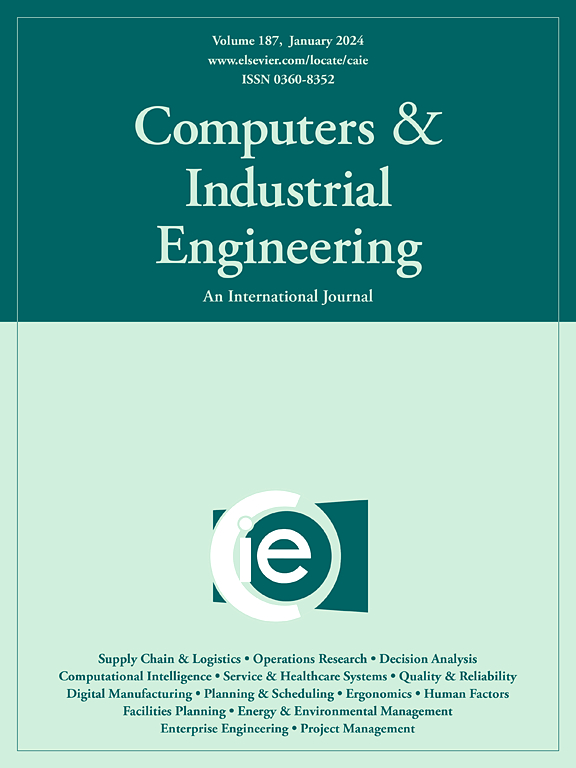Mixed-defect wafer map separation and detection based on single-defect wafer map
IF 6.5
1区 工程技术
Q1 COMPUTER SCIENCE, INTERDISCIPLINARY APPLICATIONS
引用次数: 0
Abstract
The difficulty in labeling wafer maps of mixed-defect has affected the development of deep learning-based detection models. In the case of zero labeled samples, this paper proposes a mixed-defect wafer map separation and detection (MDWMSD) method based on single-defect wafer map. First, mixed-defect wafers are generated using different categories of single-defect wafers. Then, a mixed-defect separation model was proposed based on a residual neural network with U-net structure to separate mixed-defect wafer map into several single-defect wafer maps. Finally, the separated single-defect wafers are identified using the trained single-defect classifier. During the validation process, two mixed-defect wafer map separation models were developed using single-defect wafer maps from the MIR-WM811k dataset and the MixedWM38 dataset, respectively. The developed model was then tested on mixed-defect wafer map in the MixedWM38 dataset. The results show that the detection accuracy of mixed-defect wafer under zero samples condition can reach 95% and 85.38% in two cases, which proves the effectiveness of the proposed method.
基于单缺陷晶圆图的混合缺陷晶圆图分离与检测
混合缺陷晶圆图标注的困难影响了基于深度学习的检测模型的发展。在零标记样品的情况下,本文提出了一种基于单缺陷晶圆图的混合缺陷晶圆图分离与检测(MDWMSD)方法。首先,利用不同类别的单缺陷晶圆生成混合缺陷晶圆。然后,提出了一种基于U-net结构残差神经网络的混合缺陷分离模型,将混合缺陷晶圆图分离为多个单缺陷晶圆图;最后,使用训练好的单缺陷分类器对分离的单缺陷晶圆进行识别。在验证过程中,分别使用来自MIR-WM811k数据集和MixedWM38数据集的单缺陷晶圆图建立了两种混合缺陷晶圆图分离模型。然后在MixedWM38数据集的混合缺陷晶圆图上对该模型进行了测试。结果表明,零样品条件下混合缺陷晶圆的检测精度分别达到95%和85.38%,验证了所提方法的有效性。
本文章由计算机程序翻译,如有差异,请以英文原文为准。
求助全文
约1分钟内获得全文
求助全文
来源期刊

Computers & Industrial Engineering
工程技术-工程:工业
CiteScore
12.70
自引率
12.70%
发文量
794
审稿时长
10.6 months
期刊介绍:
Computers & Industrial Engineering (CAIE) is dedicated to researchers, educators, and practitioners in industrial engineering and related fields. Pioneering the integration of computers in research, education, and practice, industrial engineering has evolved to make computers and electronic communication integral to its domain. CAIE publishes original contributions focusing on the development of novel computerized methodologies to address industrial engineering problems. It also highlights the applications of these methodologies to issues within the broader industrial engineering and associated communities. The journal actively encourages submissions that push the boundaries of fundamental theories and concepts in industrial engineering techniques.
 求助内容:
求助内容: 应助结果提醒方式:
应助结果提醒方式:


